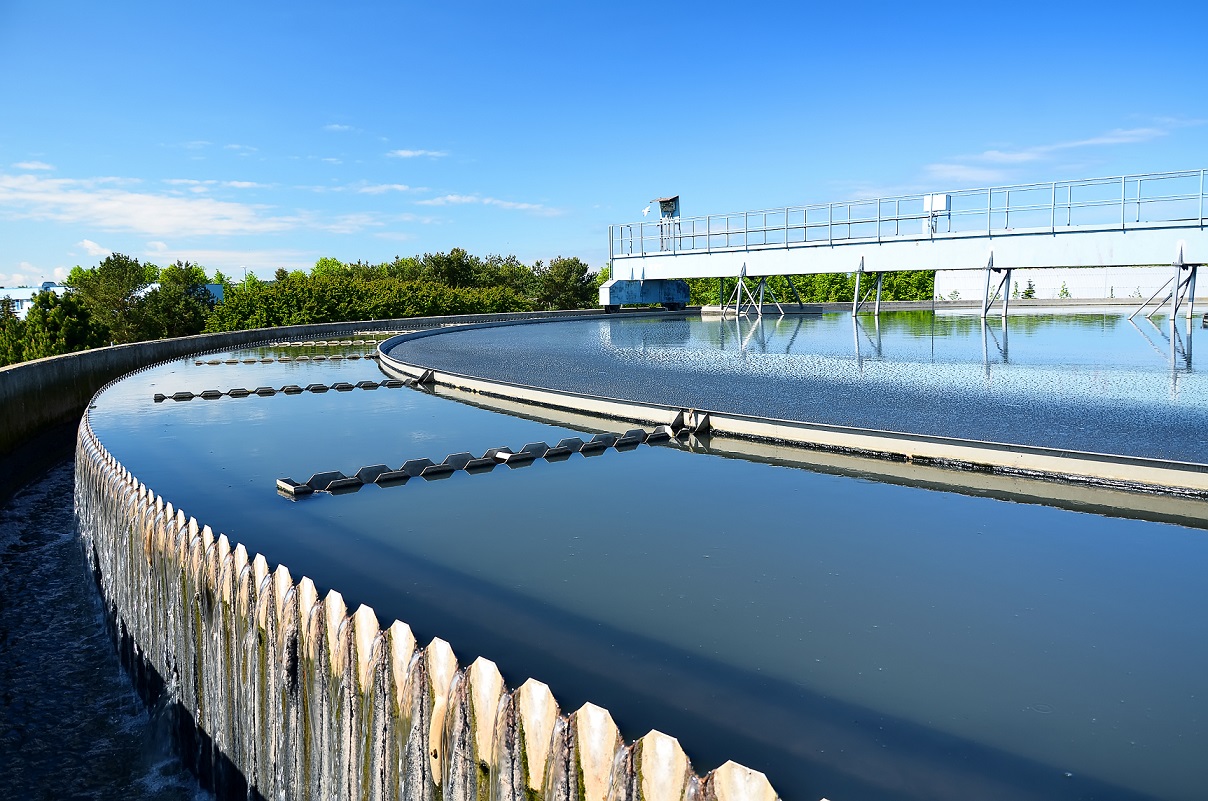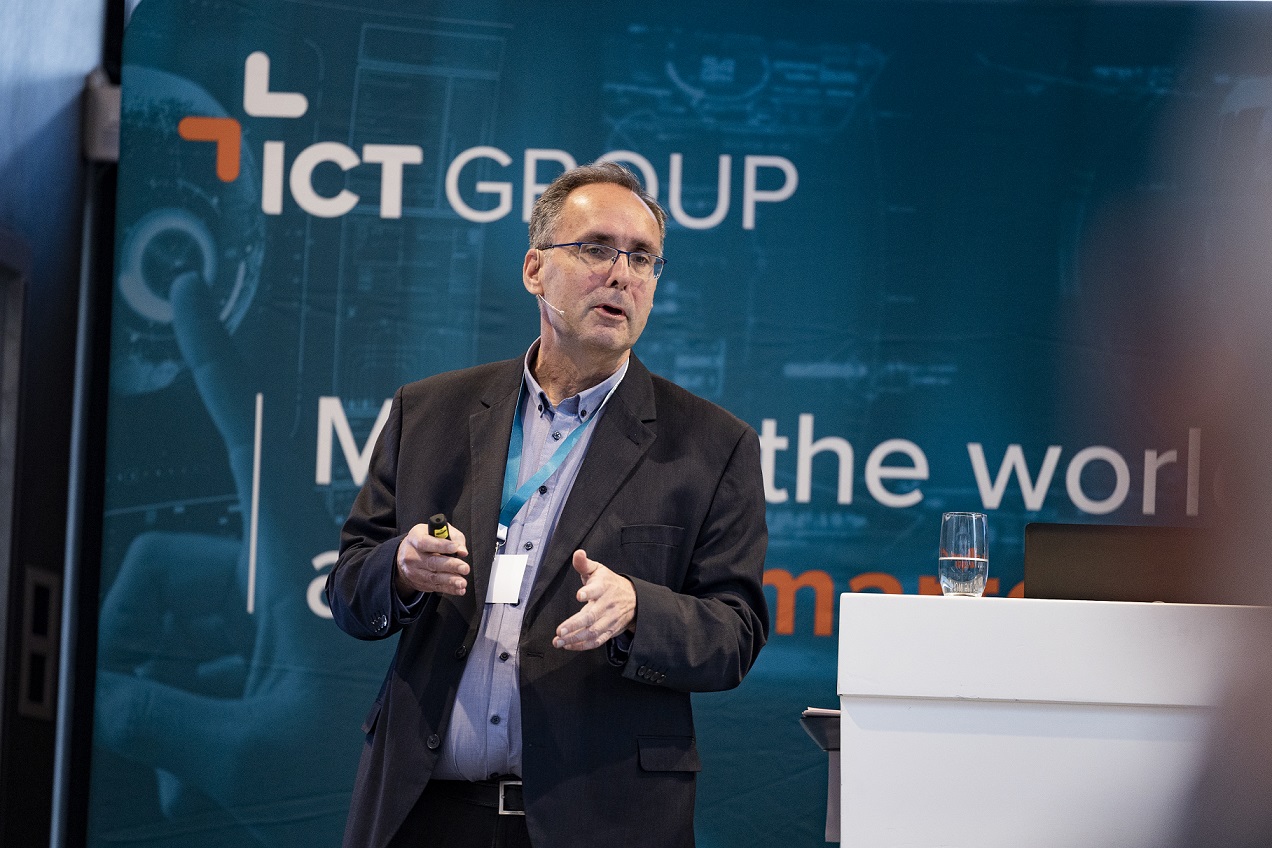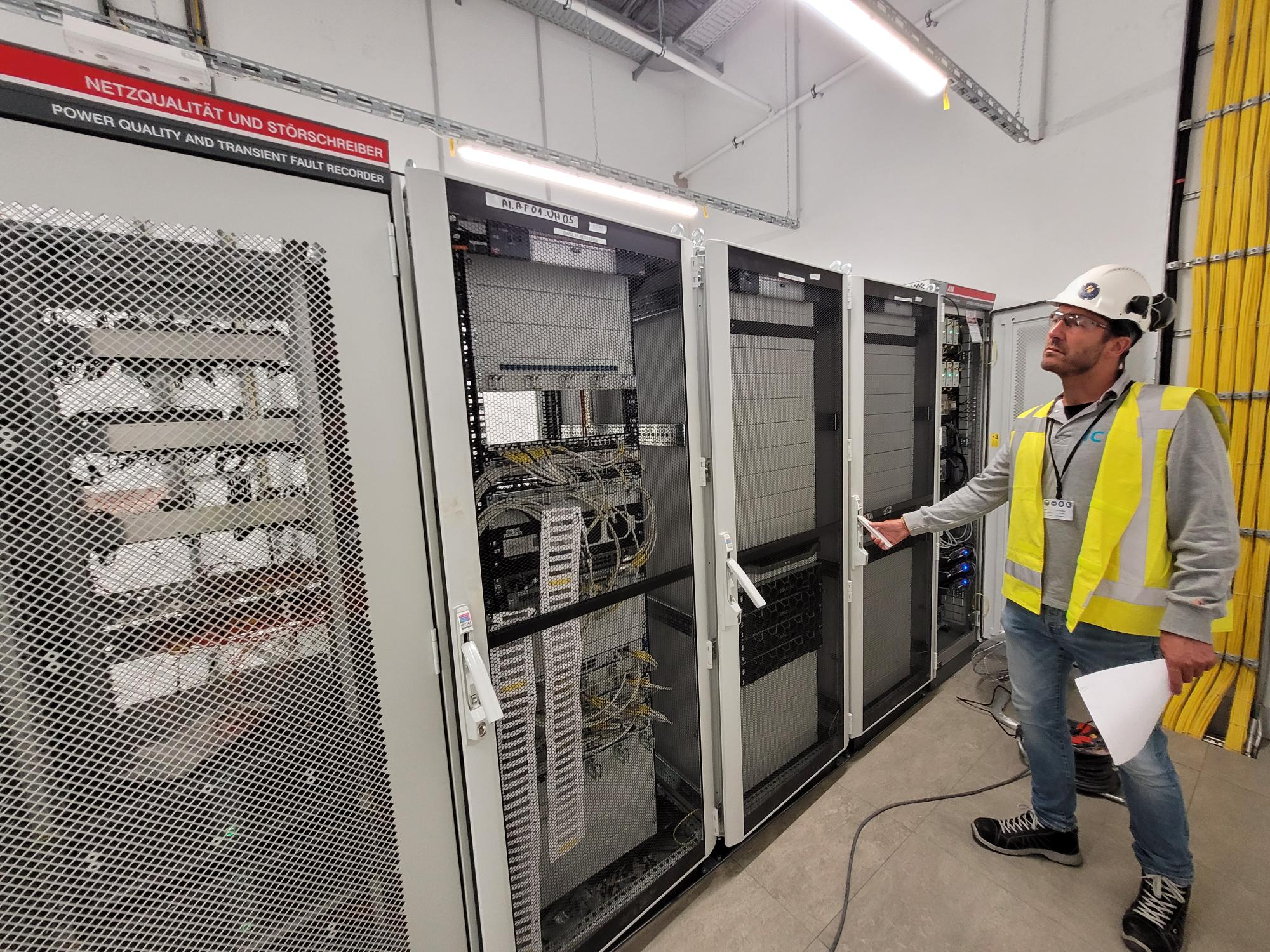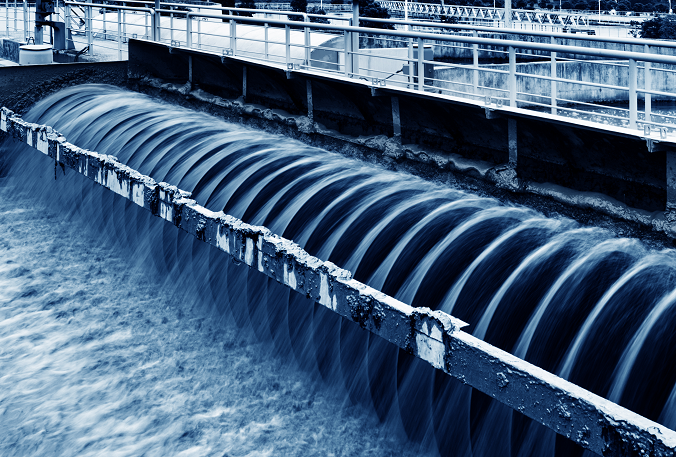
Wastewater treatment plants are major consumers of energy. To achieve energy savings, you obviously need to look for the required sustainability improvements. And water authorities are taking plenty of measures, for instance sludge digestion and heat supply to the environment. However, much more can be done by using a chain approach.
The treatment chain runs from the municipal pumping stations that pump away wastewater and rainwater to the wastewater treatment plants that eventually return the treated water to nature. A chain approach offers multiple advantages, but it can also introduce unexpected vulnerabilities and risks.
Chain cooperation between municipalities and water authorities
Chain cooperation is important because the high-tech wastewater treatment plants function best when the water supply is regulated, and when the water authorities know the quantities of the various types of water that come their way from the municipal sewers and basins. A more staggered water supply will allow wastewater treatment plants to operate in a much more cost-effective and energy-efficient manner. Moreover, the quality of the treatment process can also be improved if the water input is accurately predicted. If this is the case, the advanced calculation models used by water authorities to determine chemical dosage will work best.
Connecting OT with IT
This chain cooperation is made possible by allowing the process automation (operational technology, OT for short) of municipal sewers and basins to communicate with the process automation of a treatment plant. Theoretically, this would allow pumps, valves and other adjustable components to be set to the right position fully automatically. However, this communication cannot take place directly; the systems are not designed for this. It happens through an IT layer.
And this is exactly where the challenge lies. Because as soon as you start connecting OT and IT, you are adding vulnerabilities. This includes vulnerabilities at the technology level (applications and network), but also at the human and process level. Not to mention cybersecurity. After all, OT systems are not designed to connect to the internet. If you do realise such a connection, you will have to take specific measures.
Take the right measures
Which measures? This is different in each situation and therefore it depends on your situation: which network connection is available? What process automation are you using? What is the IT knowledge of the persons working in the OT environment and in which area do they require additional knowledge? These are just a few topics from a long list of issues that come into play when you want the OT environments of municipalities and water authorities to communicate with each other.
Would you like to know what you need to consider in your situation? Then take a look at our website and make an appointment. We will be most happy to provide you with advice.



